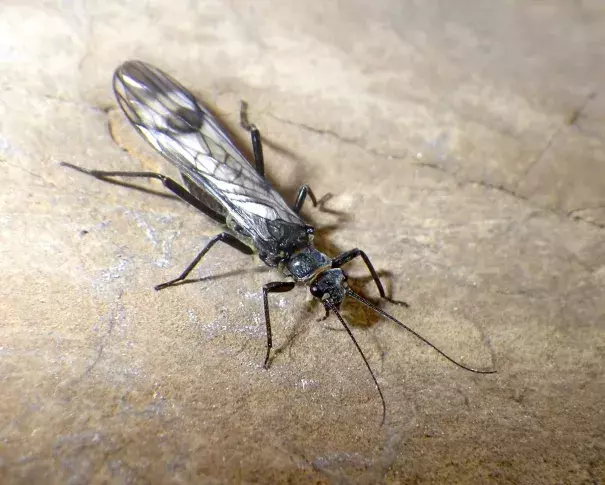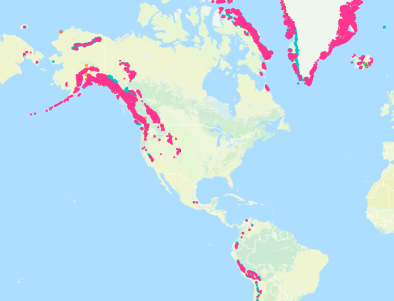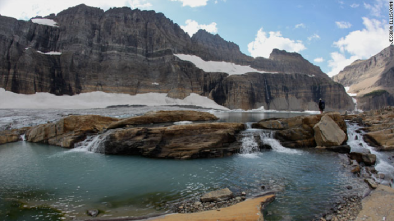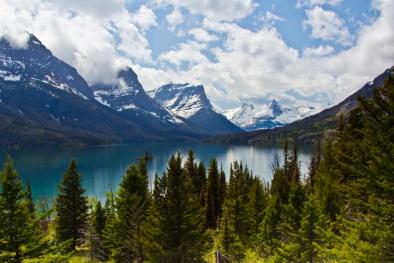Rare insect imperiled by retreating ice in Glacier National Park

Shrinking glaciers and rising stream temperatures in Montana’s Glacier National Park are prompting concerns about the impacts on surrounding ecological systems after perennial streams of melted ice disappear.
Of particular concern is the fate of a rare aquatic insect, the western glacier stonefly, which is only found in the park and was first identified in streams there in 1963. Only 25 specimens exist in museum collections around the world.
The ice masses in Glacier National Park are expected to disappear by 2030, leaving the insect scientists know as Zapada glacier without the creature comforts it needs to avoid extinction: very cold alpine streams flowing out of patches of ice.
Recent surveys and genetic analysis show that the 1/2-inch-long insect is now only found in one of six streams it inhabited prior to 2011, according to a new study published online last week in the scientific journal Freshwater Science.
...
“The western glacier stonefly is representative of a entire, unique ecosystem,” Joe Giersch, a USGS scientist and leader of the study, said in an interview. “Our concern is the potential loss of whole communities of cold-water dependent species found nowhere else on earth.”
In 2010, the Xerces Society for Invertebrate Conservation and the Center for Biological Diversity petitioned the U.S. Fish and Wildlife Service to list the western glacier stonefly as a federally endangered species.
It’s not just Glacier National Park. Climate change is taking a toll on glaciers in California, Colorado, Wyoming, Washington and elsewhere, where the remnants of Ice Age glaciers that scooped out the region’s scenic wonders are suddenly in rapid retreat, scientists say.
Related Content





